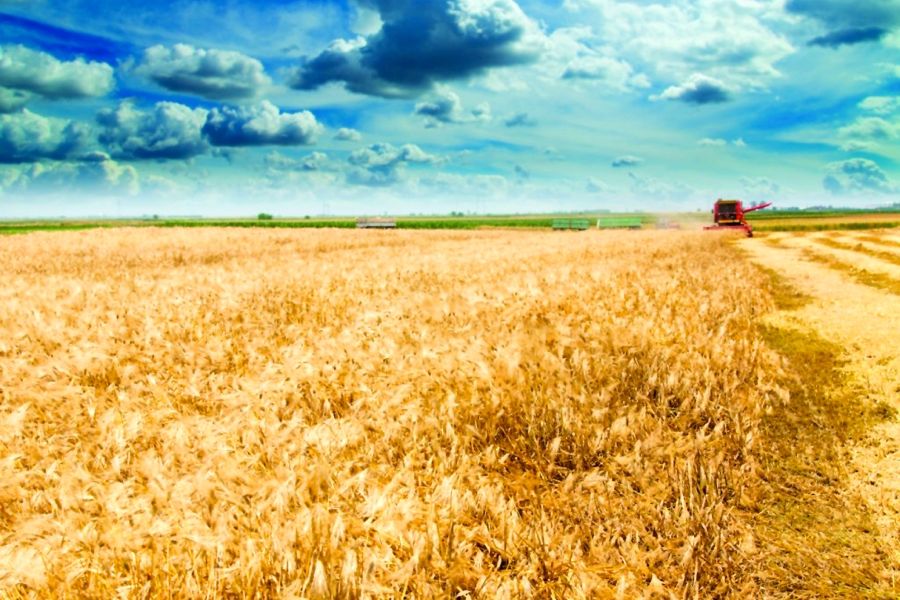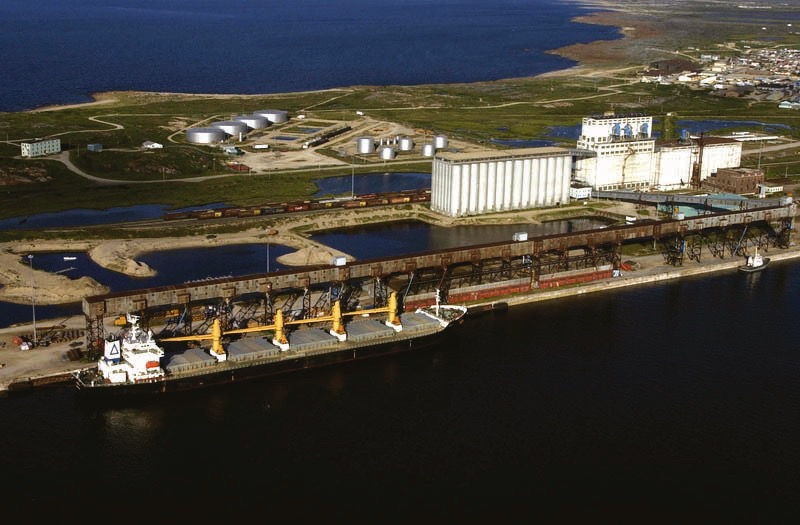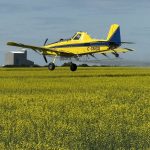Any farmer in Manitoba who is considering a crop insurance claim this year – and it looks like there could be quite a few – owes a debt of gratitude to the visionary leadership of Duff Roblin.
As the province’s Progressive Conservative premier between 1958 to 1967, Roblin’s most notable legacy was of course “Duff’s Ditch.”
But along with a host of other rural development initiatives, Roblin also gave the province crop insurance, making Manitoba the first in the country in which the federal and provincial governments cost shared a program that allowed farmers to insure against production risk.
Read Also

First Manitoba hay harvest short
Manitoba’s first hay cut of 2025 isn’t huge by initial counts, but things are worse farther west in the Prairies
It too was controversial. Many, including farmers, didn’t like the idea at first. But unlike most other farm programs in Canada, this one has stood the test of time, enjoying a high rate of participation, a predictable outcome and demonstrating the ability to evolve to meet the industry’s changing needs.
It is credited for helping farmers diversify. And the geographically specific feature based on varieties, management techniques and production aids, has undeniable value in helping make informed decisions.
The public’s respect for Roblin continued and in fact grew after his retirement from politics. He was seen as a visionary, a man with big ideas, but also someone who kept the public’s interest close to heart.
The same can’t be said for many other public leaders who have followed, most notably Brian Mulroney, whose many accomplishments were clouded by ego and greed.
You could argue that leadership is tougher now. The issues are bigger and more complex, the media scrutiny more intense, and the public less patient.
Ideology has become a poor substitute for vision in many campaign strategies, which tend to be micromanaged according to the whims of the latest public opinion poll. Elections are more about selling individual leadership styles to a tax-weary public, than they are about asking the electorate to buy into big ideas.
And that’s unfortunate, because these are times that call for visionary leadership and Big Ideas like we’ve never seen before.
Roblin, who pitched the floodway on the basis of the 1950 flood, took a huge political risk. Before 1950, there hadn’t been a significant flood since the 1920s – a whole generation previous. Prior to its construction, there were only 13 flood events in the previous 134 years – dating back to 1826.
But in the 42 years since it was completed in 1968, the floodway has been activated to protect Winnipeg nearly two dozen times – twice in 2010.
It’s estimated that it has saved the province more than $30 billion in damages since it began operation, most recently from heavy rainfalls that deluged the province the same weekend he passed away at the age of 92.
Roblin couldn’t have foreseen the future when he became a champion for the floodway. But he had seen enough of the damage inflicted in 1950 to know the city couldn’t leave its future to chance. It was time to take action.
This is all worth considering in light of the current disaster unfolding on the eastern Prairies. As expected, the heavy rains of late have added to the calls for improved drainage and better farm programs to assist Manitoba farmers with excess moisture on their fields.
For farmers in the Interlake, this could be the third year in a row in which they have land left unseeded due to excess moisture. And farmers across the region could see the highest levels of unseeded acreages in 40 years.
However, it is questionable whether any drainage network, any government support program such as AgriStability or even crop insurance, no matter how well designed or maintained, can mitigate the kind of weather this region has seen in recent years.
Duff’s Ditch has done its job protecting Winnipeg, but it is doubtful whether deeper ditches are the right Big Idea to protect southern Manitoba farmland from what appears to be an ongoing problem with excess moisture.
In fact, you could argue the opposite. Drainage is often about passing your water problems to someone else. The Red River Valley by now is among the most intensively drained regions in the world and much of that drainage takes place upstream.
One of the reasons water has been unable to drain off farm fields in Manitoba is that there is so much water already pouring into the system.
These intensive spring flooding events over the region bear an uncanny resemblance to the computer models developed to predict the effects of climate change.
Are there different methods of land management, different crops, new approaches to drainage that can help mitigate these effects?
We don’t know whether there is any one Big Idea for protecting farmers against the effects of climate change, but it’s time to start looking. [email protected]



















